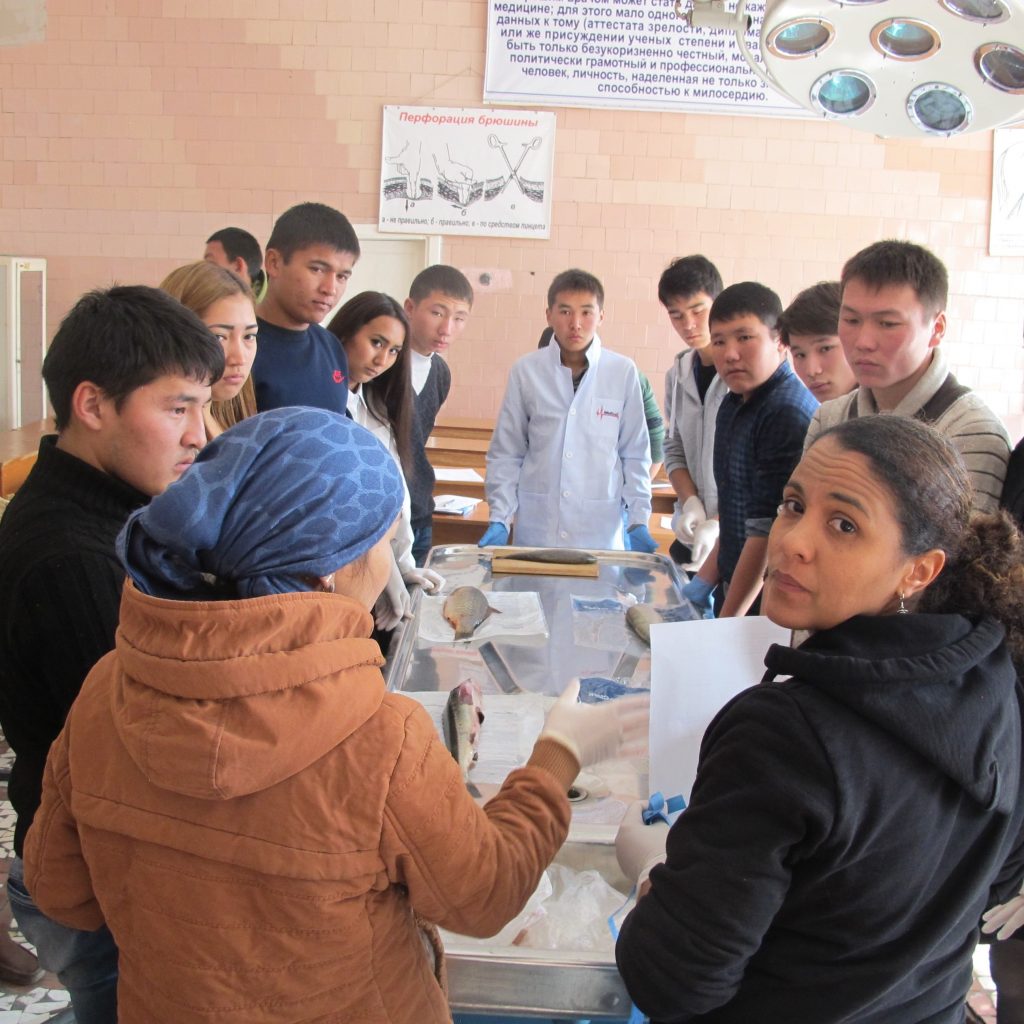Almost every two weeks, I meet with an incredible bunch of people from all over the world and we talk about innovation. In our talks, we have a segment called “A View from My Window” that I have come to appreciate because it gives so much insight into how other parts of the world look and feel, and we get to know each other a little better. In a university community like ours that is so multidisciplinary, I believe that each one of us looks at teaching and learning in a diversity of ways. The view from my window when I look at teaching and learning has evolved and continues to evolve. I invite you to take a look.
As a young student, repatriating to Finland, I suffered a grave case of culture-shock. I had schooled in Kenya in a very authoritarian, extremely strict environment where one never questioned the teacher. The teacher was always right, always to be obeyed and had to be shown the utmost respect. The teacher wrote notes on the board, which we copied into our exercise books. Many a time, we had homework which was to write notes from the textbook into our exercise books. Basically, we wrote down into our exercise books exactly the same text from the textbook. We did have mathematics, physics and chemistry exercises and questions to answer in other subjects, so there was a variety of ways in which we learned. There were also those very creative moments of learning, like studying oral literature and using natural environments for learning that I much enjoyed. We also naturally learned and studied in groups and debated topics widely in different languages.
Landing in a Finnish learning environment shocked me. What utter disrespect for teachers there was! “They dare call the teacher by first name and no one stands when the teacher enters the room!” is what I remember writing to my folks. There were no notes to be copied, no textbooks really set. You got the books if you wanted – from the library! My! A library! The bliss of using a library after coming from a learning environment where although there a was a library, we were not allowed to use it.
Later, as a student at the University of Kuopio, I had to register to courses myself and make my own schedule. It was not predetermined for me. You went to lectures if you wanted to and there were so many book exams. This new freedom or responsibility for my own learning was liberating, but on the other hand, extremely frightening. I was the one responsible for making sure I was on track of my own studies. It took some time to understand this system and adjust, but I found myself loving the low hierarchy between students and teachers, and that I could approach teachers and professors without fear. Fearing your teachers and professors is one of the biggest barriers to learning there can ever be.
Fast-forward, I found myself at the UEF, coordinating a Master’s degree programme and having teaching duties, alongside working on global development projects in Africa, Latin America, South-East and Central Asia. I have seen the UEF’s growth in the number of Master’s programmes offered in English language and now two new Bachelor programmes will be launched. I have delighted in the growth in internationality. We offer so many opportunities for students, which would otherwise be closed to them, if we only taught in Finnish. This, in itself, is really aligned to the notion of ‘Education for All’ and ‘Open Science’. Language, indeed, does make a difference.
However, from the perspective of inclusion and accessibility, I do sometimes worry that academia’s choice of English as a lingua franca tends to marginalize other languages, including Finnish. In capacity building projects and joint training and education projects that we implement with partners in the Global South, this is an issue of deep concern. English is a minority language in Central Asia, West Africa and Latin America, for example. Sometimes one hears comments like “Foreign students do not have language skills”. What language skills are we inferring here? Say you speak Finnish, English, Swedish and perhaps some German and someone else speaks Russian, Kyrgyz, Kazakh, Uzbek, Turkish and Arabic. Who lacks language skills?
Coming back to the classroom, there are many international students who learned in the same way as I did. I recognize their frustration when trying to learn in a completely different system. I remember one small group of students who had many difficulties in an intensive course on food microbiology we had organized, especially for them. After the course was over, we had a small feedback session with them and it turned out the entire course had been in vain. They had understood nothing and none of them could pass the course.
Imagine the frustration of the students. They were afraid of asking the professor any questions because in their home country, one never asks questions from professors! Imagine the frustration of the professor, who had spent the entire course teaching and trying to make sure they understood. Imagine my frustration, as a coordinator, who had to make the arrangements for the course. This was, all in all, an expensive exercise. Other than redoing the course and putting up a study circle, we also sat down with the students and really had to make them comfortable with the teachers so they would feel free to ask questions. We had several sessions with the students and teachers to help them get to know each other. This was key for positive change.
Biology students in Joensuu and the staff at the Department of Environmental and Biological Sciences have a similar way of interacting, where the students also openly give feedback to teachers and staff in a get-together session at the beginning and end of the academic year. Students’ voices are certainly important when we plan our teaching at universities. This is something we perhaps take as a given in Finland, but in my work with partners in the Global South, this is not always very common.
When doing curricula development work in Kyrgyzstan, we found out that the deans of the faculty of our partner university developed the curricula alone. Teachers just taught and students were never consulted. It was an entire transformation when we worked together, co-creating and co-developing curricula with teachers and students. They were so worried that they would not be listened to by their administration, and they needed our facilitation to have their voices heard. Another happy ending. The curricula were adopted and licensed, teachers teaching and guiding, students happy with their studies, and the Kyrgyz government funding scholarships for students.
Change does sometimes need an external push, but we also need to be conscious of local conditions. In Kyrgyzstan, on their request, we also planned a training on using ICT tools in teaching. We needed to consider what tools they could use sustainably, without much cost. For, if we were to introduce online tools, we needed to consider who would pay the internet connection fee. It is not a given that the university provides internet connectivity to all students or teachers. We cannot advocate for introducing tools for teaching and learning, which would then exclude certain students and teachers based on their ability to afford connectivity.

Photograph: Aibek Alyshbaev.
Widening my lens and considering how the pandemic has affected teaching and learning, I see so many inequalities in teaching and learning. Although we now have Zoom and Teams, which opens more possibilities, not everyone can afford the internet connectivity charges. Not everyone has a computer or laptop and only have perhaps a smartphone, which then makes using online learning environments like Moodle quite difficult. Some of our teacher colleagues in Nepal and South Africa are teaching and reaching their students with WhatsApp instead. Not the easiest of conditions.
I wind up this global trek, coming back home to Finland. On our turf, I have learnt that it is important to be conscious that international students may not understand what we ask of them, simply because our teaching and expectations as teachers may not converge with their understanding. So, when you say “write an essay” or “write a report”, what exactly do you mean? Learning to write in an academic style is a skill that must be learnt. It is not something that one just develops automatically. In Finland, this skill development starts already in primary school, where they start with writing small tasks and learning to cite and quote sources.
I also believe that to be able to write, a student also needs to be able to read. Learning to read is, however, not a skill that we talk much about when discussing academic writing. Introducing reading strategies to students can do a lot for their academic writing skills. I enjoy reading Associate Professor Raul Pacheco-Vega’s blog (www.raulpacheco.org) as he offers excellent tips for reading strategies and academic writing that can help not only students, but also other academics.
In all these engagements, the one connector is flexibility. When you have partners, colleagues, and students from different countries, from different cultures, speaking different languages in a space where learning should take place, flexibility and ingenuity are key. Looking at and being on the other side of the fence can revive us, while helping us to remain grounded as we navigate through the sometimes chaotic teaching and learning ecosystem.
Thank you for taking a look through my window!
Roseanna Avento, Global Development Manager, Development Services, UEF

